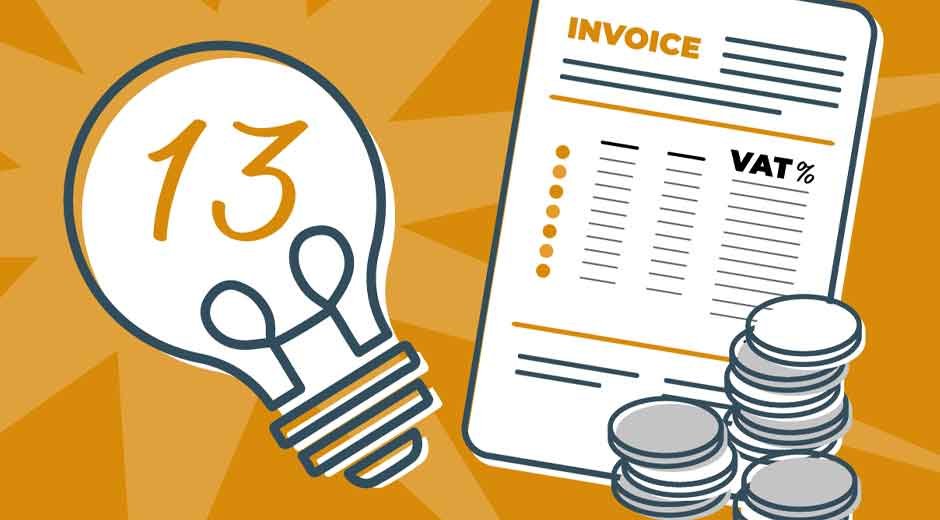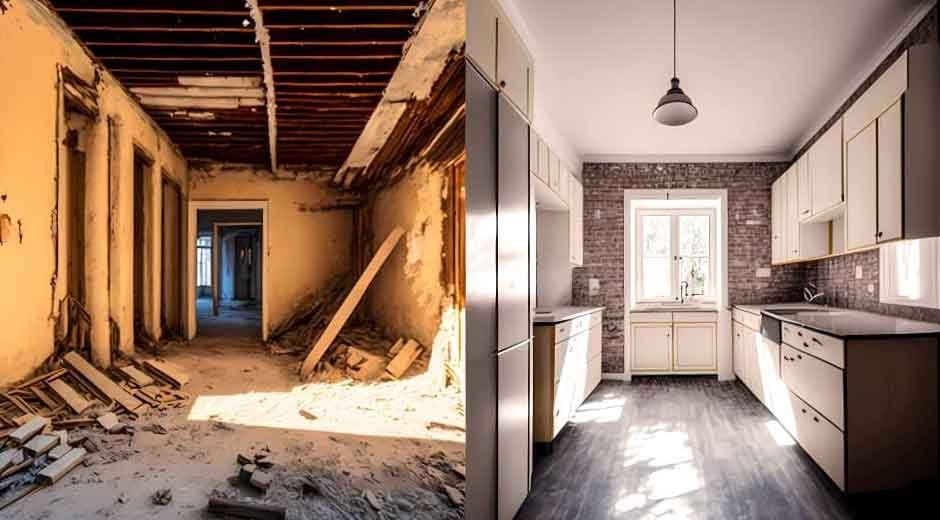Mechanical Diagnosis and Therapy for Sciatica

Low back pain (LBP) is a common life experience and is the most common musculo-skeletal cause of disability experienced by adults. LBP will affect about 84% of all adults at some point in life.1 Sciatica is a term used to describe pain caused by irritation, compression, or adherence of the sciatic nerve as it exits the lower segments of the lumbar spine. Sciatica is reported in 5–12% of the LBP population.
Sciatica is commonly the end result of a disease progression that occurs with chronic and recurrent LBP episodes. Clinically it is detected by activity limitation such as difficulty sitting, bending, lifting, standing, walking, loss of normal range of spinal movements, and positive neurological tests such as straight leg raise, motor weakness, sensory loss, and reflex loss.
Causes of Sciatica
Disc herniations are the most common cause of nerve root involvement in the LBP population, causing sciatica. Disc hernations commonly occur in adults between 30 and 50 years of age. The natural course of sciatica caused by disc hernation left untreated is generally considered favorable yet protracted.
Natural History of Untreated Sciatica
The most significant improvement in sciatica occurs in the first 3 months.1,4,9 Balague et al. 4 and Weinstein et al. 9 reported the outcomes of large groups of separate populations of patients with sciatica over 1-2 years respectively and documented similar changes in pain and function despite the treatment chosen.
Mechanical Diagnosis and Therapy for Sciatica

In my clinical practice, I have evaluated and treated hundreds of patients with sciatica, utilizing a system known as Mechanical Diagnosis and Therapy (MDT) to determine the cause and, in many cases, provide a rapid resolution to the patient’s sciatica episode. The clinical phenomenon known as centralization that commonly occurs during the MDT assessment process is the key to identifying those likely to rapidly recover with such treatment.
Centralization and Directional Preference
Centralization of pain is when the farthest point of referred or radiating pain moves closer and closer to the midline of the lumbar spine. 2 Peripheralization is the oppositely directed phenomenon that helps identify quickly those who are not appropriate for MDT treatment.
MDT Treatment Outcomes
Patients with discogenic pain and sciatica who are able to achieve centralization of symptoms with mechanical therapy techniques are six times less likely to require surgical intervention and more likely to recover rapidly with conservative treatment. As a result, many people can avoid suffering for months while waiting for sciatica to resolve naturally, as previously described, or having surgery to treat it.
References
- McKenzie RA, May S. Mechanical Diagnosis and Therapy. The Lumbar Spine, 2nd. Waikanae, New Zealand: Spinal Publications, 2003.
- Donelson R, Aprill C, Medcalf R, and Grant W. A prospective study of centralization of lumbar and referred pain. A predictor of symptomatic discs and anular competence. Spine. 1997; 22(10): 1115–1122.
- Butler DS. Mobilization of the nervous system. Churchill Livingstone, 1991.
- Balague F, Nordin M, Sheikhzadeh A,Echegoyen AC, Brisby H, Hoogwoud HM,Fredman P, and Skovron ML. Recovery of severe sciatica. Spine. 1999; 24(23): 2516-2524.
- Brotz D., Kuker W., Maschke E., Wick W., Dichgans J., and Weller M. A prospective trial of mechanical physiotherapy for lumbar disk prolapse. Journal of Neurology, 2003; 250: 746-749.
- Kopp JR, Alexander AH,Turocy RH, Levini MG, Lichtman DM. The use of lumbar extension in the evaluation and treatment of patients with acute herniated nucleus pulposus. Clinical orthopaedics and related research. 1986; 202: 211-218.
- Long A., Donelson R., and Fung T. Does it matter which exercise? A randomized control trial of exercise for low back pain. Spine. 2004; 29(23): 2593–2602.
- Skytte L, May S, and Peterson P. Centralization: Its Prognostic Value in Patients with Referred Symptoms and Sciatica. Spine. 2005; 30(11): E293–E299.
- Weinstein JN, Lurie JD, Tosteson TD, Skinner JS, Hanscom B, Tosteson AN, Herkowitz H, Fischgrund J, Cammisa FP, Albert T, Deyo RA. Surgical vs. nonoperative treatment for lumbar disk herniation. the spine patient outcomes research trial (SPORT): A randomized trial. JAMA. 2006; 296(20): 2441-2450.





